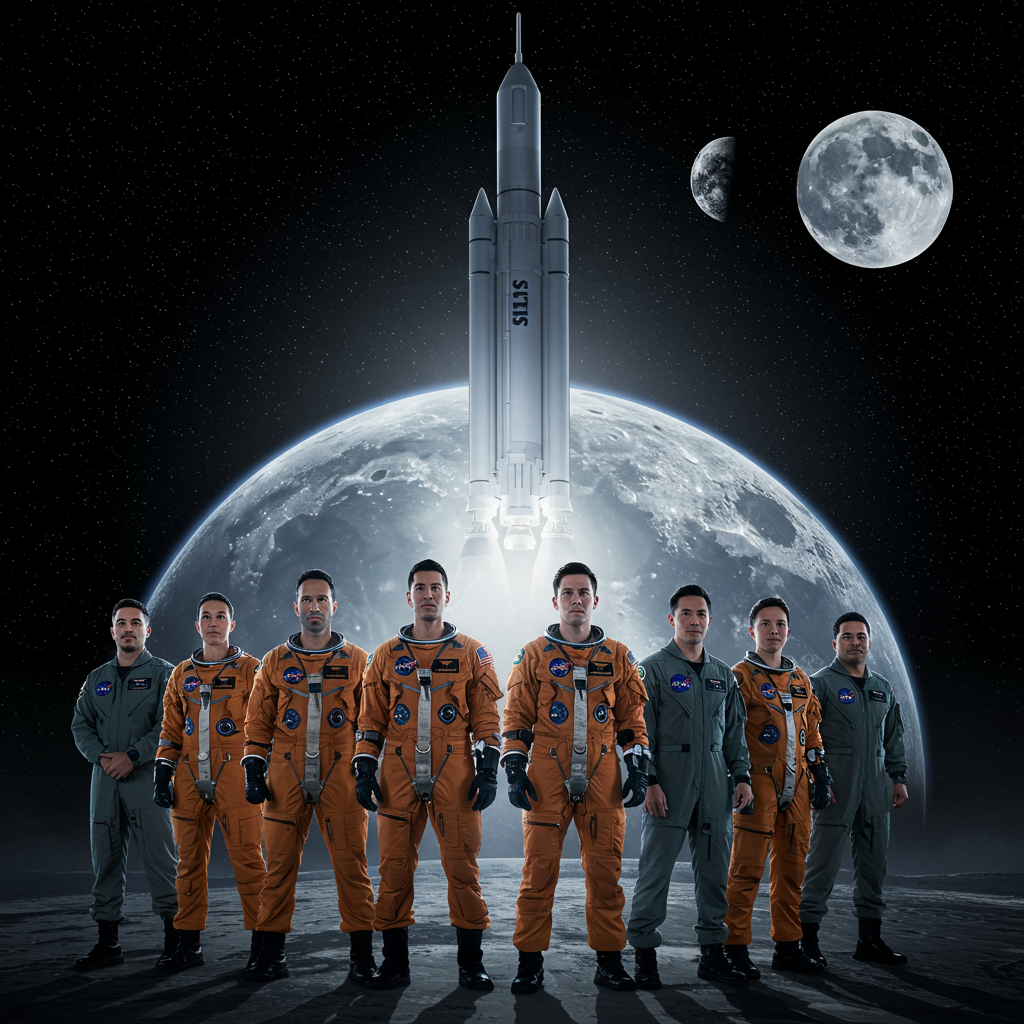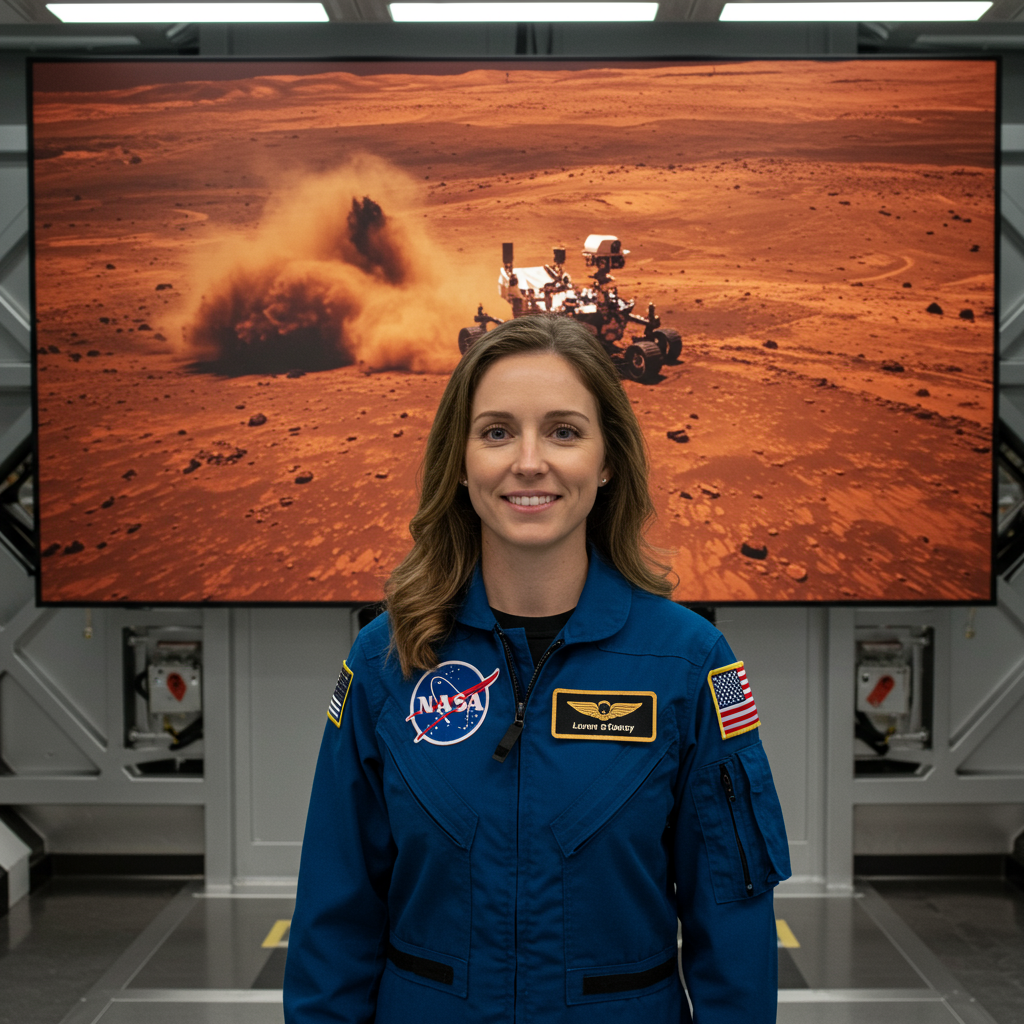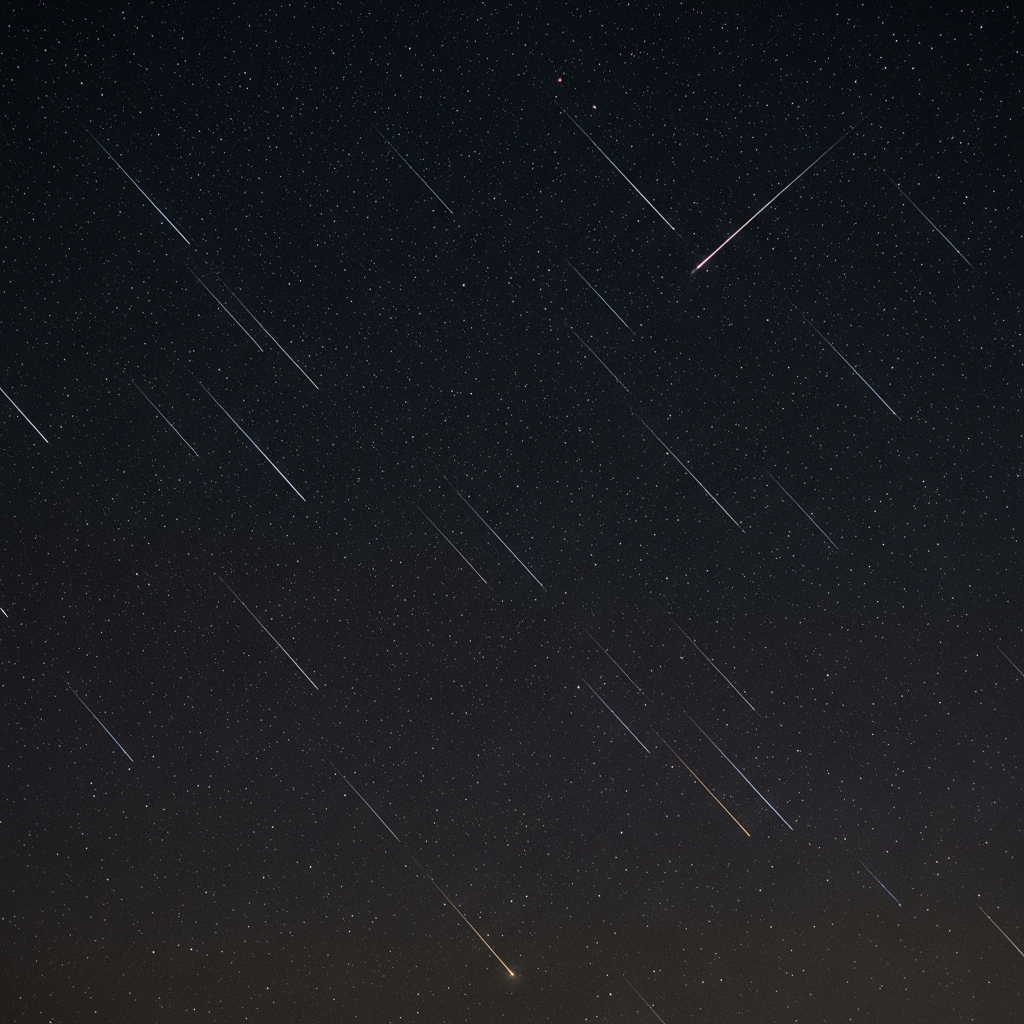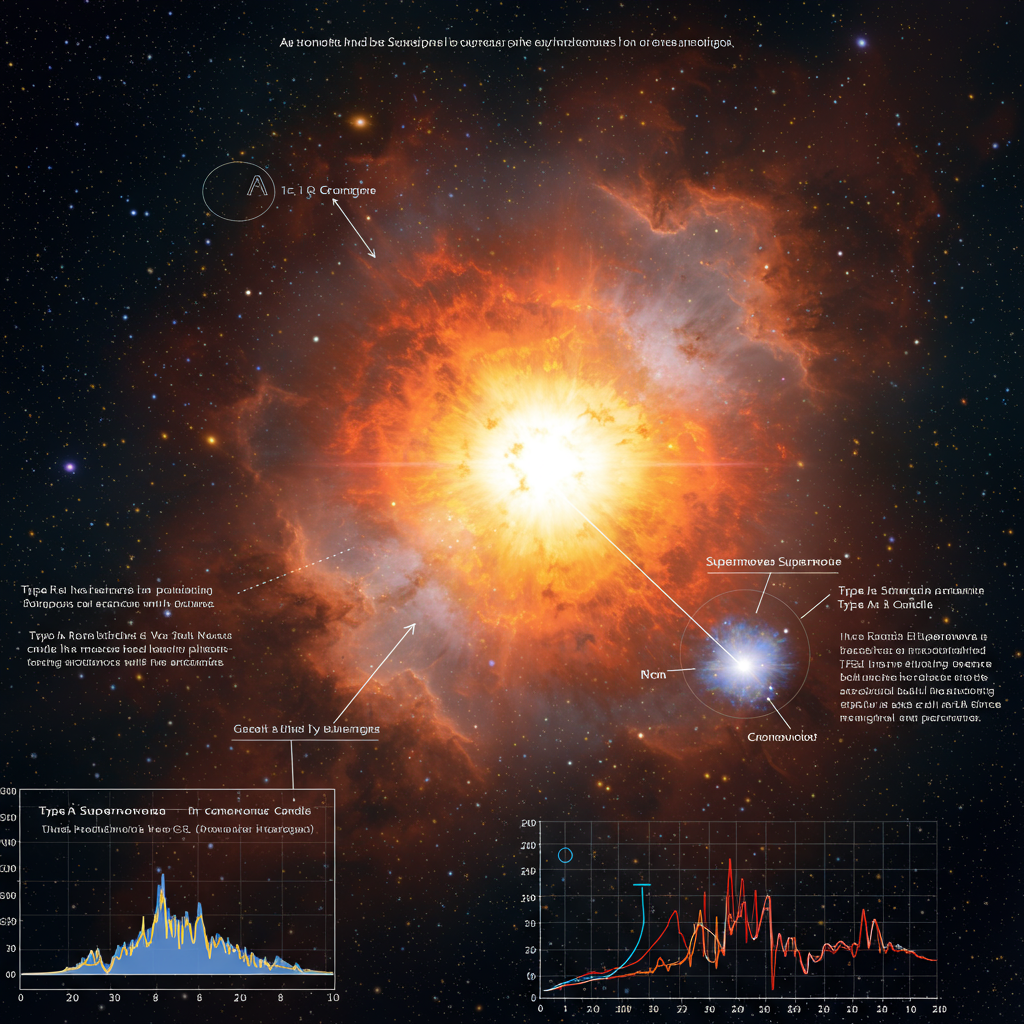Humanity stands on the brink of a monumental achievement: a return to the Moon, igniting a new era of lunar exploration. The Artemis II mission, set to launch as early as February 2026, will mark the first crewed journey to our celestial neighbor in over five decades. This historic voyage is more than just a technological feat; it’s a beacon of global unity, scientific discovery, and profound human aspiration, embodying the collective spirit of “for all humanity.”
This groundbreaking mission will send four trailblazing astronauts on a lunar flyby, laying critical groundwork for a sustained human presence on the Moon and eventual voyages to Mars. Their mission is to push boundaries, gather unprecedented data, and inspire generations across the globe.
The Dawn of a New Lunar Era: Artemis II Mission Overview
The Artemis II mission represents the second crucial phase of NASA’s ambitious Artemis program. While Artemis I successfully completed an uncrewed test flight around the Moon in November 2022, Artemis II takes the bold step of sending humans back into deep space. The primary objective is to test the Orion spacecraft’s systems with crew onboard in a real lunar environment before future missions attempt a Moon landing.
During their journey, the crew will circumnavigate the Moon, flying over previously unmapped areas. Commander Reid Wiseman expressed his excitement, stating the crew would “see things that no human has ever seen.” The astronauts plan to meticulously study the lunar surface for three hours, utilizing their unique perspective. Mission specialist Christina Koch highlighted this, remarking that “human eyes are one of the best scientific instruments that we have.” This direct human observation will be invaluable for geologists and other scientists, answering fundamental questions about our universe and origins.
The crew has named their spacecraft “Integrity,” a powerful symbol reflecting “peace and hope for all humankind.” This name underscores the collaborative and unifying nature of the Artemis program, bringing together nations and diverse perspectives in pursuit of a common goal.
Meet the Trailblazing Artemis II Astronauts
The four astronauts selected for the Artemis II mission are a diverse and exceptionally talented group, each bringing a unique background and deep passion for space exploration. They draw profound inspiration from the Apollo missions of the 1960s and 70s, now poised to write their own chapter in human history.
Commander Reid Wiseman: Leading Humanity’s Return
Reid Wiseman serves as the mission’s commander, carrying the immense responsibility of leading this historic return to the Moon. He views the Artemis II journey not as an endpoint, but as a “tiny step” towards establishing a sustained human presence on the Moon and eventually sending humans to Mars. His words resonate with the iconic sentiments of Neil Armstrong, linking this new era of exploration to past triumphs.
Wiseman spent six months as a flight engineer aboard the International Space Station (ISS) in 2014, bringing extensive spaceflight experience to the team. Despite his distinguished career, he considers his time as an only parent after being widowed as his “greatest challenge and the most rewarding phase” of his life, showcasing his deep humanity. He expresses immense pride and admiration for his crew, describing them as “keenly driven” and “humble to a fault.”
Christina Koch: First Woman to the Moon and a Legacy of Inspiration
Christina Koch is set to become the first woman to journey to the Moon, a pivotal moment for gender equality in space exploration. Her inspiration to become an astronaut was sparked by Bill Anders’ iconic “Earthrise” photograph, taken during the Apollo 8 mission in 1968. Though born years after the photo was taken, Koch kept a poster of the image, which profoundly influenced her understanding of Earth and humanity’s place in the cosmos.
An accomplished engineer turned astronaut, Koch holds the record for the longest single spaceflight by a woman, spending 328 consecutive days on the ISS in 2019. She also famously participated in the first all-female spacewalk. For Koch, the Artemis II flight is a literal dream come true, mirroring Apollo 8’s path around the Moon to pave the way for landings. She hopes her mission will inspire a new generation, fostering optimism and curiosity, much like the Apollo era did.
Victor Glover: Pushing the Boundaries of Exploration
Victor Glover will make history as the first Black person to travel to the Moon. Known for his charisma and sharp intellect—evidenced by his three master’s degrees and a call sign “IKE” (reputedly for “I Know Everything”)—Glover embodies the spirit of relentless exploration. He believes that “pushing ourselves to explore is core to who we are” and “part of being human,” echoing President John F. Kennedy’s historic challenge to reach the Moon in 1962.
Glover sees exploration as fundamental to understanding “where we are, why we are, understanding the big questions about our place in the universe.” His previous experience includes serving as the pilot of NASA’s SpaceX Crew-1 mission to the ISS, part of Expedition 64. Born in Pomona, California, he is married with four children.
Jeremy Hansen: Uniting the World for Space
Jeremy Hansen is poised to become the first non-American—specifically, the first Canadian—to journey to the Moon. His inspiration, like Koch’s, traces back to Apollo 8. He recounted how Anders’ mission brought hope during a tumultuous 1968, receiving a postcard that simply read, “you saved 1968.” Hansen draws parallels to contemporary global challenges, emphasizing the enduring need for inspiration and unity.
A former fighter pilot, physicist, and aquanaut, Hansen joined the Canadian Space Agency in 2009. He became the first Canadian to lead astronaut training at NASA’s Johnson Space Centre, highlighting his leadership and expertise. Hansen passionately champions a message of global collaboration, emphasizing how the ambitious goals of the Artemis program are inspiring contributions from nations worldwide, fostering unprecedented international cooperation.
Beyond the Crew: The Broader Artemis Program and Global Collaboration
The Artemis program is a monumental undertaking, designed to establish a long-term human presence on the Moon, utilizing it as a proving ground for future missions to Mars. This vision extends far beyond NASA, fostering an expanding space economy, driving technological innovation, and creating jobs across numerous industries globally.
The program involves extensive international partnerships. The Canadian Space Agency (CSA) provides the Canadarm3 robotic arm for the lunar Gateway space station. The European Space Agency (ESA) contributes elements like the Lunar I-Hab habitation module and Orion’s European Service Module. The Japan Aerospace Exploration Agency (JAXA) is involved with Gateway’s life support systems and a pressurized rover. Even the Mohammed Bin Rashid Space Centre (UAE) is supplying Gateway’s Crew and Science Airlock. Astronauts from these partner nations are slated to fly on future Artemis missions, truly making it a global endeavor. Key U.S. industry partners like Lockheed Martin, Boeing, Northrop Grumman, SpaceX, and Blue Origin are developing critical hardware such as the Space Launch System (SLS) rocket, Orion spacecraft, Gateway, and Human Landing Systems (HLS).
A Symbol of Unity: The Zero-Gravity Indicator
Adding a touch of public engagement and symbolism to the Artemis II mission is the potential inclusion of a unique zero-gravity indicator (ZGI). These small, soft items visually signal the onset of weightlessness in space. A plush toy designed in south-west Wales by graphic designer Courtney John, titled “Past, Present, and Future,” is a finalist in a global NASA competition.
Her design features three humanoids holding hands, symbolizing unity. One wears an Apollo 17 spacesuit (past), another an Artemis II suit (present), and the third has a globe for a head with messages from the Artemis II crew (future). This Welsh-designed toy beautifully encapsulates the mission’s themes of historical continuity, present achievement, and future aspirations for all humanity, bringing a tangible piece of global participation to the heart of the mission.
Reigniting the Dream: Neil Armstrong’s Vision Fulfilled
The enthusiasm surrounding the Artemis II mission echoes sentiments expressed by Neil Armstrong decades ago. In a 1996 interview, Armstrong reflected that while the “reality may have faded, but the dream is still there, and it will come back in time.” The collective spirit and ambition of the Artemis II crew—Christina Koch proclaiming “We are ready,” Jeremy Hansen asserting “We are going,” Victor Glover declaring “To the Moon,” and Reid Wiseman concluding “For all humanity!”—powerfully fulfill Armstrong’s enduring vision. This mission is a testament to humanity’s unwavering drive to explore, discover, and unite under the vast expanse of the cosmos.
Frequently Asked Questions
What is the primary goal of the Artemis II mission?
The primary goal of the Artemis II mission is to conduct the first crewed flight test of the Orion spacecraft with astronauts in deep space. This crucial mission will send four astronauts on a lunar flyby, demonstrating the spacecraft’s systems and capabilities in the challenging environment around the Moon. It aims to gather essential data, test life support, and validate procedures, paving the way for future human landings on the lunar surface and eventual missions to Mars as part of the broader Artemis program.
Who are the astronauts flying on Artemis II and what makes them unique?
The diverse crew of Artemis II comprises Commander Reid Wiseman (USA), Pilot Victor Glover (USA), Mission Specialist Christina Koch (USA), and Mission Specialist Jeremy Hansen (Canada). This crew is history-making: Christina Koch will be the first woman to go to the Moon, Victor Glover the first Black person, and Jeremy Hansen the first non-American. Their unique backgrounds and shared passion for exploration embody global unity, demonstrating humanity’s collective ambition to return to and explore the Moon.
How does the Artemis program pave the way for future human presence on the Moon and Mars?
The Artemis program is strategically designed as a multi-stage initiative to establish a sustainable human presence on the Moon and utilize it as a stepping stone for Mars missions. Artemis I tested the uncrewed systems, Artemis II will send humans around the Moon, and subsequent Artemis III and IV missions aim for lunar landings and the development of the Gateway lunar orbiting outpost. This phased approach allows for incremental learning, technology development, and infrastructure building, like lunar habitats and rovers, which are essential for long-duration deep space exploration to both the Moon and ultimately, Mars.
The Artemis II mission stands as a pivotal moment, reigniting the flame of human space exploration. It’s a testament to ingenuity, collaboration, and the timeless human spirit of discovery, propelling us closer to a future among the stars.




